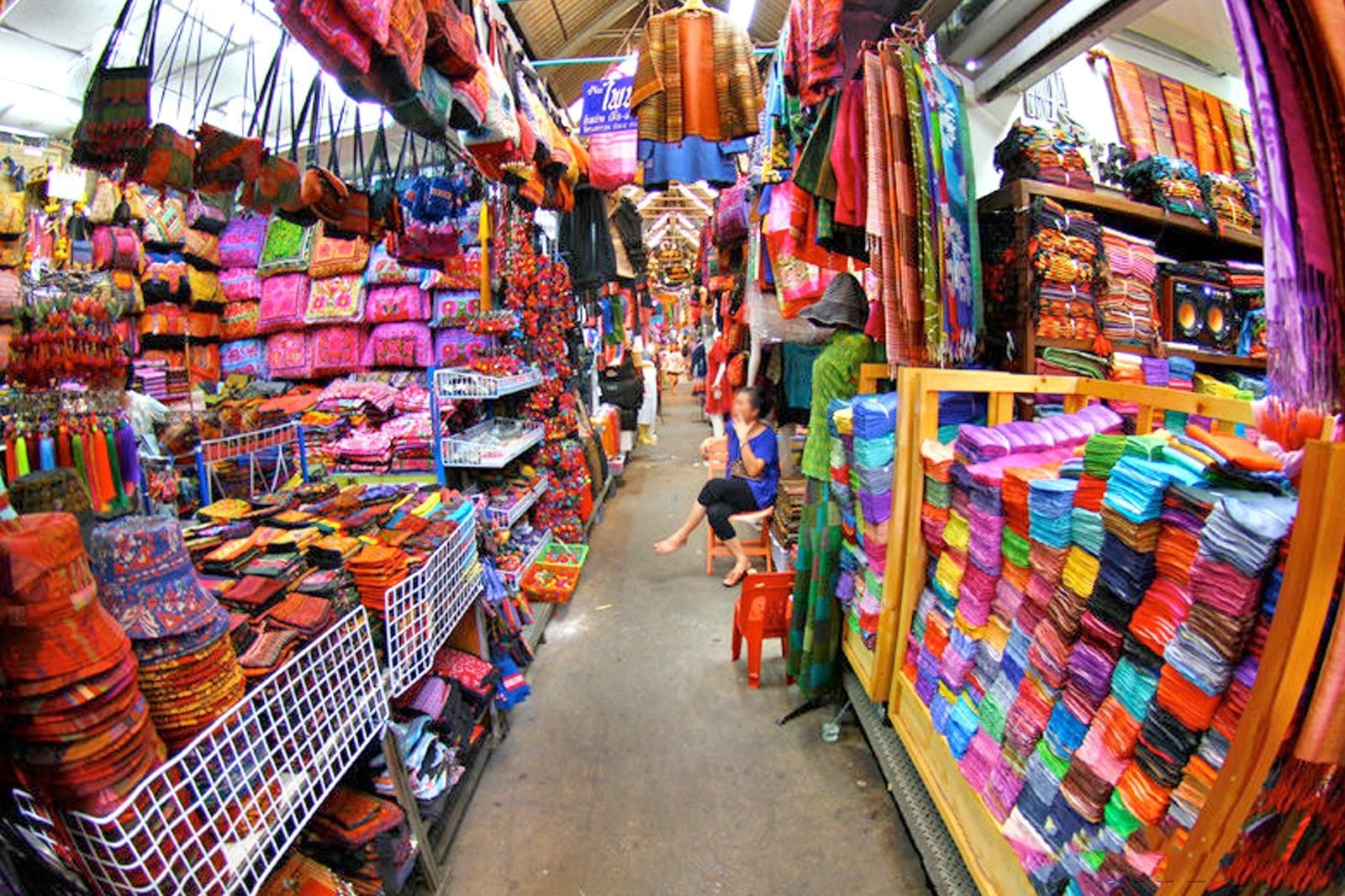Class 6 Exam > Class 6 Notes > Chapter Notes For Class 6 > Chapter Notes: Urban Livelihoods
Class 6 Civics Chapter 8 Notes - Urban Livelihoods
Urban Livelihoods
- India can easily boast of as many as five thousand towns and nearly twenty-seven big cities.
- These big cities are also known as metropolis or simply as metros. They have a population of more than a million people each.
- The big cities are Mumbai, Delhi, Chennai and Kolkata. In these cities, more than a million people live and work.

Occupations
- There are three types of occupation: primary, secondary and tertiary. In primary occupation people are engaged in agriculture.
- In secondary occupation, people are engaged in manufacturing and processing or raw materials.
- In tertiary occupations, they are engaged in providing services.
Question for Chapter Notes: Urban LivelihoodsTry yourself: What are the three types of occupation?View Solution
Types of Livelihoods
- Vendors and Government Measures: There are some shops on the pavement. Vendors sell things prepared at home like snacks or food. Street vending is an obstruction to traffic. The government has introduced measures to reduce the number of vendors. Hawking zones have been suggested for towns and cities.
- Market: Markets in the cities are crowded during the festivals. There are different shops selling sweets, toys, clothes, footwear, utensils, electronic goods, etc.
- Business Persons: In cities, there are people who own shoes in various markets. Harpreet, a businesswoman, opened readymade showrooms. She buys the materials from different cities of India like Mumbai, Ahmedabad, etc. and some items even from foreign countries.
- Showrooms: Businesspersons are not employed by anyone but they employ a number of workers as supervisors and helpers. They get a licence from the Municipal Corporations to open showrooms.
- Shops in Market Place: Medical clinics are also set up in the market place. The dental clinic helps people to solve tooth problems. Next to the dental clinic is a cloth showroom with three floors.

- Factory area: A factory area consists of small workshops. In one of the factories, people work on sewing machines and stitch clothes. In another section, the stitched clothes are stacked. Many women work as tailors in the export garment unit.
- Factory Workshop Area: Some groups of people stand in a place called “labour chowk”. They are the daily wage labourers who work as helpers to masons. They also work at construction sites and lift loads or unload trucks in the market.
- Salespersons: Sales-persons work is to get orders from shopkeepers and collect payments from them. Each sales-person is responsible for a particular region.
- Marketing Manager: A Marketing Manager’s task is to manage the marketing resources of a product or business. He can be an in-charge of a single product or brand or can be a General Manager responsible for a broad array of products and services.
Urban life is different from rural life

The document Class 6 Civics Chapter 8 Notes - Urban Livelihoods is a part of the Class 6 Course Chapter Notes For Class 6.
All you need of Class 6 at this link: Class 6
FAQs on Class 6 Civics Chapter 8 Notes - Urban Livelihoods
1. What are some common urban livelihoods? $#
Ans. Common urban livelihoods include jobs in the service sector such as retail, hospitality, healthcare, and education, as well as opportunities in the manufacturing and construction industries.
2. How do people in urban areas typically earn a living? $#
Ans. People in urban areas typically earn a living through formal employment in companies, businesses, government agencies, or through informal activities such as street vending, domestic work, and small-scale entrepreneurship.
3. What are some challenges faced by urban dwellers in securing livelihoods? $#
Ans. Challenges faced by urban dwellers in securing livelihoods include high competition for jobs, lack of skills training, inadequate access to basic services, limited social protection, and vulnerability to economic shocks.
4. How can urban livelihoods be improved for marginalized communities? $#
Ans. Urban livelihoods can be improved for marginalized communities through skills development programs, access to microfinance, support for entrepreneurship, social safety nets, and urban planning that considers the needs of all residents.
5. What role do governments play in supporting urban livelihoods? $#
Ans. Governments play a crucial role in supporting urban livelihoods by implementing policies and programs that promote inclusive economic growth, provide social protection, improve access to education and healthcare, and create a conducive environment for business development.
Ans. Common urban livelihoods include jobs in the service sector such as retail, hospitality, healthcare, and education, as well as opportunities in the manufacturing and construction industries.
2. How do people in urban areas typically earn a living? $#
Ans. People in urban areas typically earn a living through formal employment in companies, businesses, government agencies, or through informal activities such as street vending, domestic work, and small-scale entrepreneurship.
3. What are some challenges faced by urban dwellers in securing livelihoods? $#
Ans. Challenges faced by urban dwellers in securing livelihoods include high competition for jobs, lack of skills training, inadequate access to basic services, limited social protection, and vulnerability to economic shocks.
4. How can urban livelihoods be improved for marginalized communities? $#
Ans. Urban livelihoods can be improved for marginalized communities through skills development programs, access to microfinance, support for entrepreneurship, social safety nets, and urban planning that considers the needs of all residents.
5. What role do governments play in supporting urban livelihoods? $#
Ans. Governments play a crucial role in supporting urban livelihoods by implementing policies and programs that promote inclusive economic growth, provide social protection, improve access to education and healthcare, and create a conducive environment for business development.
Related Searches

















